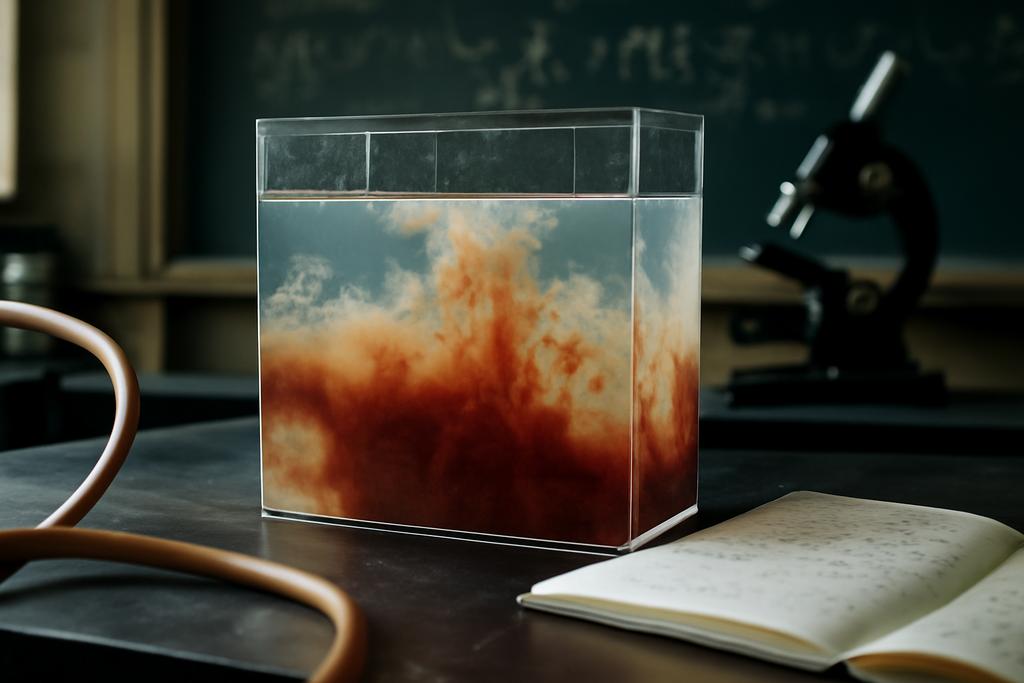In a laboratory in Beijing and another in Shenzhen, a team of mathematicians and physicists set out to choreograph a very stubborn waltz: how a compressible, heat-bearing fluid with two immiscible phases can phase-separate, form diffusion interfaces, and evolve over time without spiraling into chaos. Their instrument of choice wasn’t a telescope or a centrifuge but a careful, rigorous set of equations that fuse fluid dynamics with thermodynamics and diffuse interfaces. The goal was seemingly simple and deeply hard at the same time: prove that the model behaves nicely for all finite times, even when the fluid is capable of undergoing a gas–liquid phase change via a non‑ideal equation of state known as van der Waals. The achievement is mathematical but its implications ripple outward to the physics of boiling, propulsion, and energy systems that rely on precise, phase-changing flows.
When Fluids Decide to Split and Diffuse










